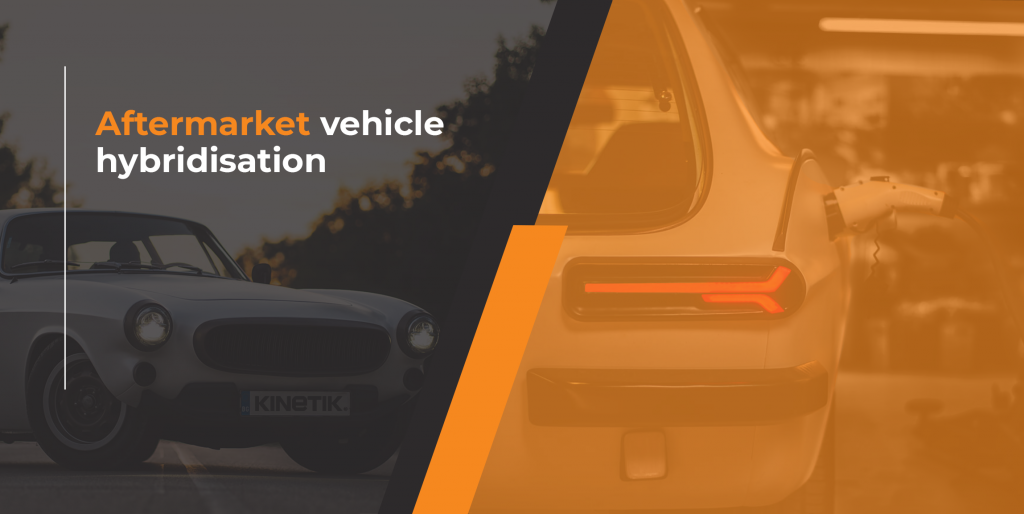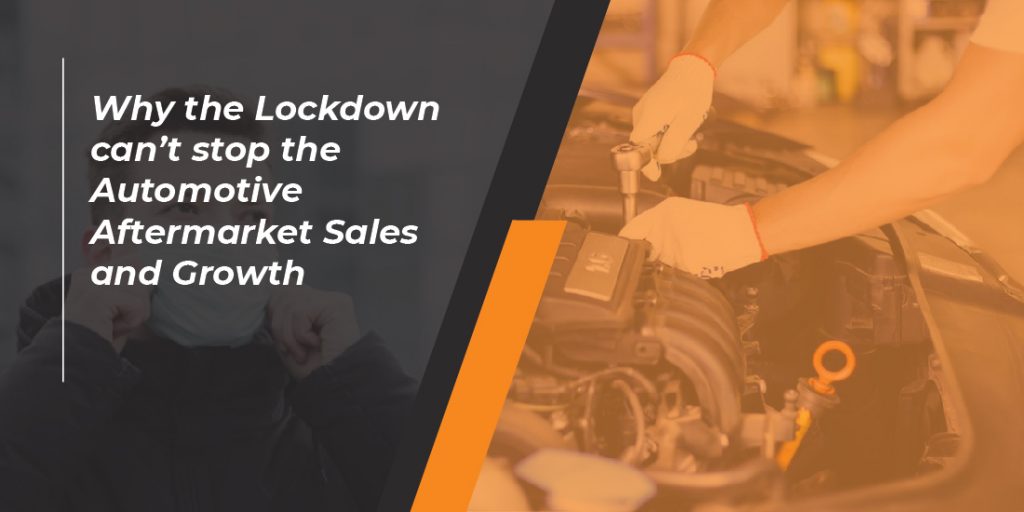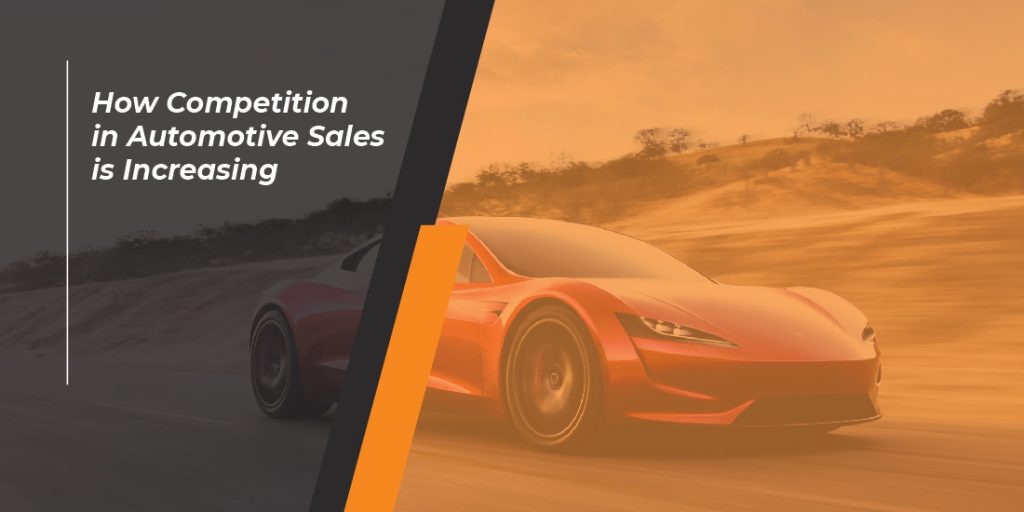The aftermarket continues to grip the wheel of optimism and innovation tightly.

After the shutdowns in the spring of 2020 and a slow restart in the third quarter, there was a boost at the end of the same year with increased demand and the need for inventory rebuilding. Since electrification is happening all over the globe and it’s growing at a rapid speed, new ideas, inventions, and also old “forgotten” ones are emerging and taking hold.
One of those ideas is the possibility of upgrading conventional vehicles to hybrid electric vehicles (HEV). While internal combustion engine (ICE) cars are powered by either petrol or diesel engines alone, hybrid cars have an electric motor as well. That motor works either independently or alongside the petrol/diesel engine (usually petrol) to power the vehicle. HEV’s with an electric motor and engine combination don’t need to be plugged into an external power source for recharging of the battery pack. In their case, the engine diverts power to a generator to charge it, or electricity is converted from otherwise wasted kinetic energy using regenerative braking technology.
Hybrid cars, while being more fuel-efficient, are more expensive than similar conventional vehicles (at times over 25% of the price of an ICE car). The cost is partially recovered through fuel savings (as it costs 5p per mile) or regional benefits (for example no Congestion Charge and the Ultra Low Emission Zone in London). Over time, the savings give an advantage for HEVs when compared with ICE models since HEVs save an average of 30%-35% of fuel compared to ICE models. At the same time, there are no significant financial differences when it comes to scheduled maintenance.

The vehicle electrification market is projected to grow at a CAGR of 11.9% to reach USD 129.6 billion by 2025 from USD 73.7 billion according to MarketsandMarkets in their market research report. Nearly 1.4 million BEVs and PHEVs were registered in Europe during 2020, 137% more than in 2019, in a vehicle market that was down by 20% year-on-year. Other available electrical types (EREV/REEV extended-range electric vehicle, FCEV fuel cell electric vehicle and SEV solar electric vehicle) currently have a small market share and are not expected to grow as fast.
Various benefits are offered by electrification (such as decreased vehicle weight, lower emissions, increased fuel efficiency, improved driving comfort and safety) and due to legislative and environmental pressures it is the key focus area for OEMs.
Electrifying both light and heavy-duty vehicles is something many automakers are now working on. Dayco’s strategic partnership with Ningbo Physis Technology Co., Ltd. is headed towards the electrification of vehicles. Bosch adopted the strategies of expansion, new product development, partnership, and merger & acquisition to retain its leading position in the vehicle electrification market. Continental, BorgWarner, Mitsubishi Electric are all working toward the same goal. Other Hybrid-electric retrofit car companies are also coming out around the world no matter if the technology is going to be used on automatic or manual transmission cars.
“Plug-in hybrid electric vehicle (PHEV) is estimated to witness the fastest growth in the vehicle electrification market”
PHEV operates in a different way and is the fastest-growing segment in the vehicle electrification market. As the infrastructure is accelerating, with plans to build as many charging stations within the coming two years as there are gas stations, original ideas to save classic cars are being born. Kinetik Automotive is not only building products from scratch (their all-electric roadster Kinetik 07 or Kinetik 27 which is an electric go-kart) but also modifying classic cars like Volvo P1800 ES into a plug-in hybrid, or as people call it, the ‘unicorn on the road’.
To find out more about the automotive aftermarket, or for a no-obligation introductory discussion, please contact us.
More from us











